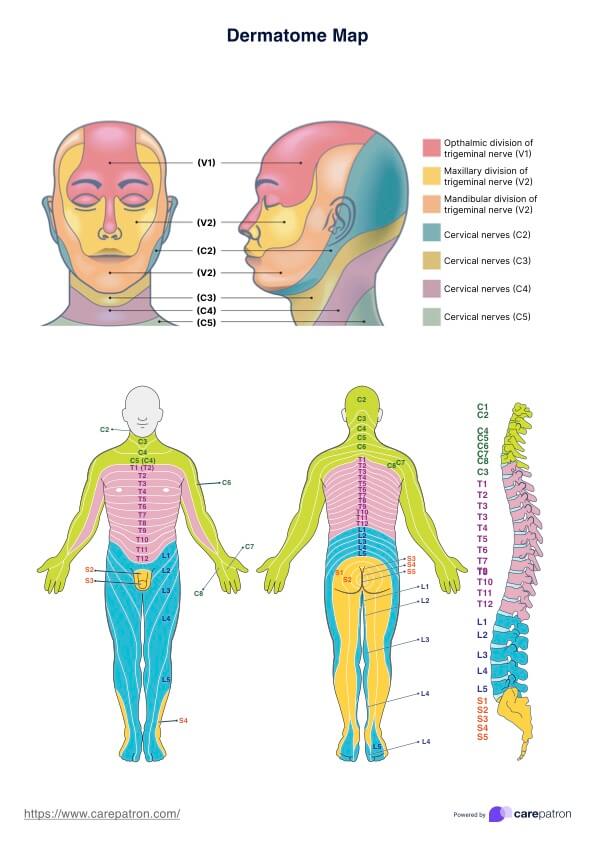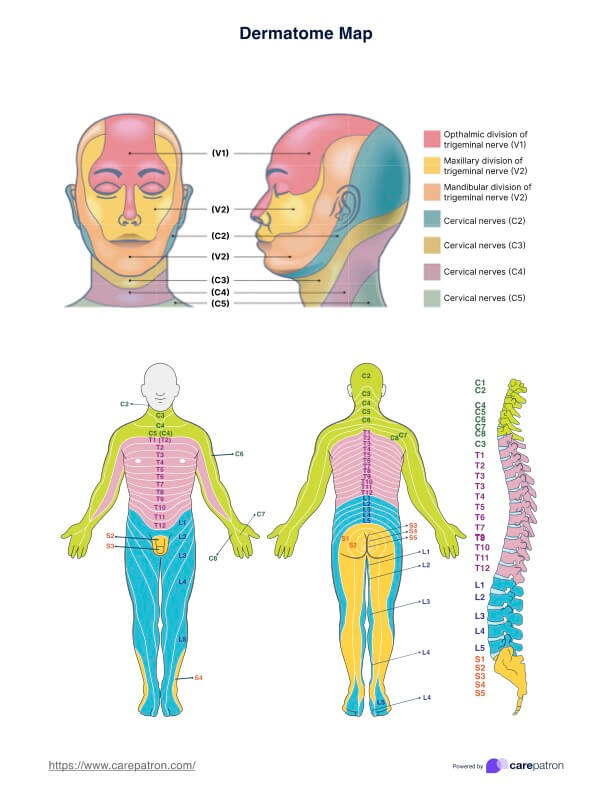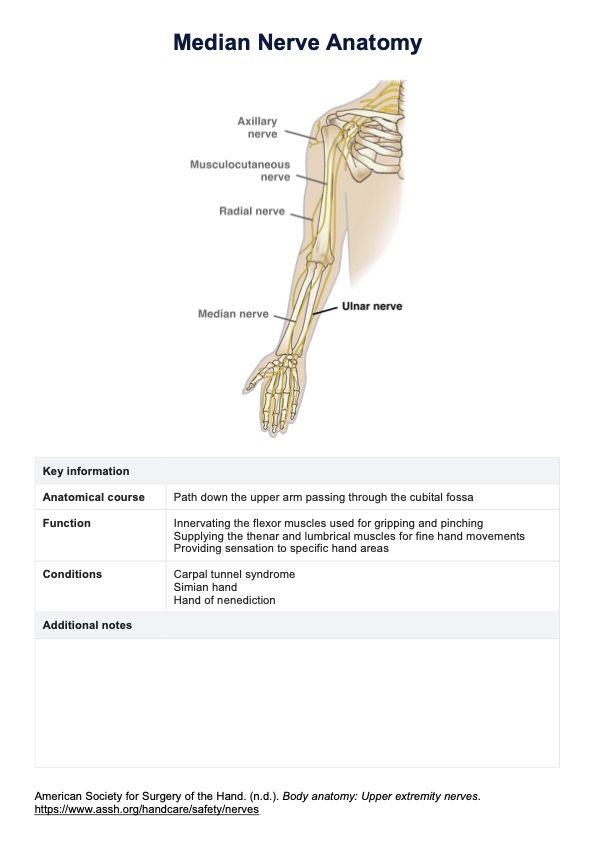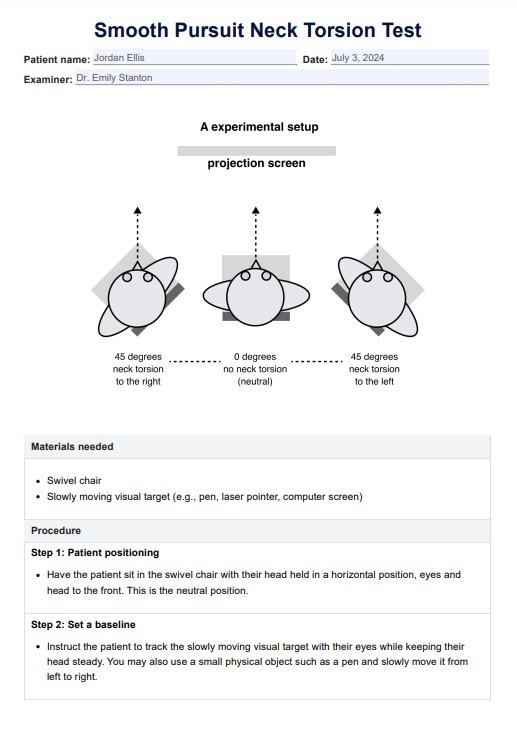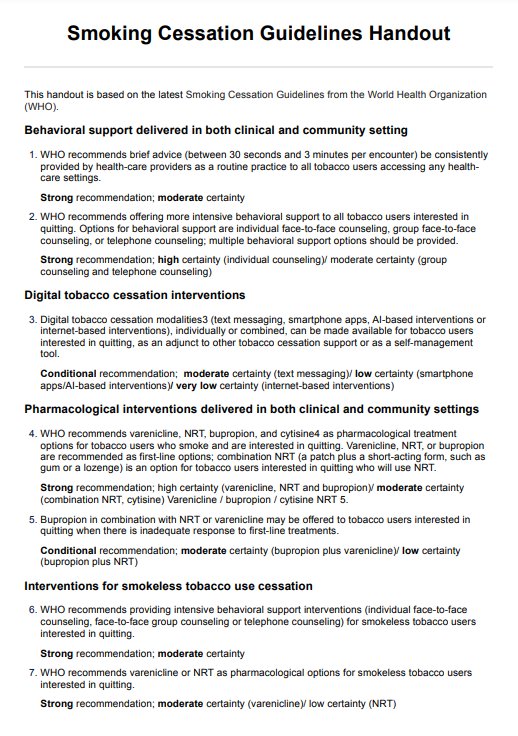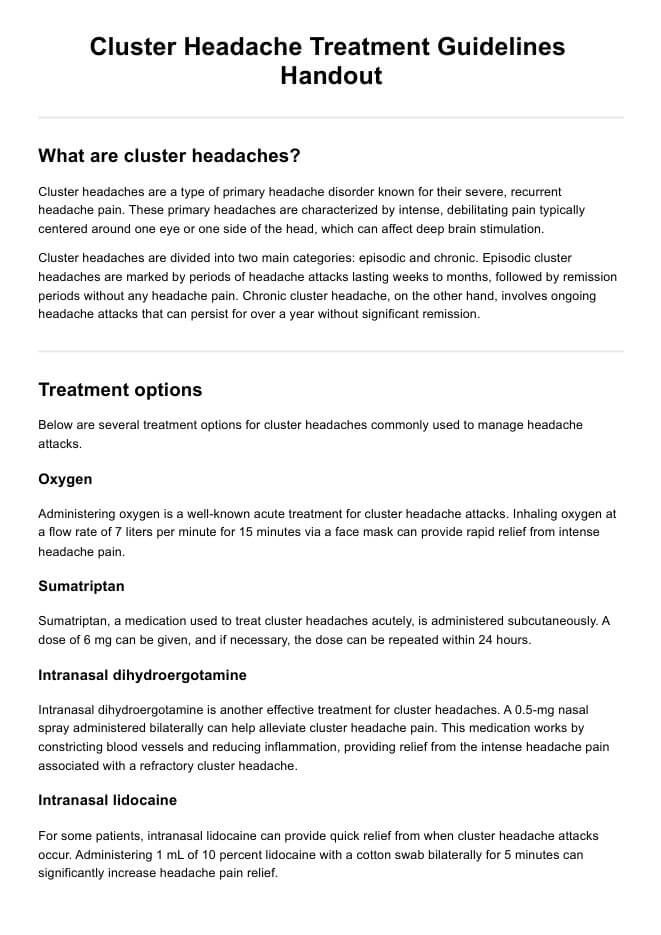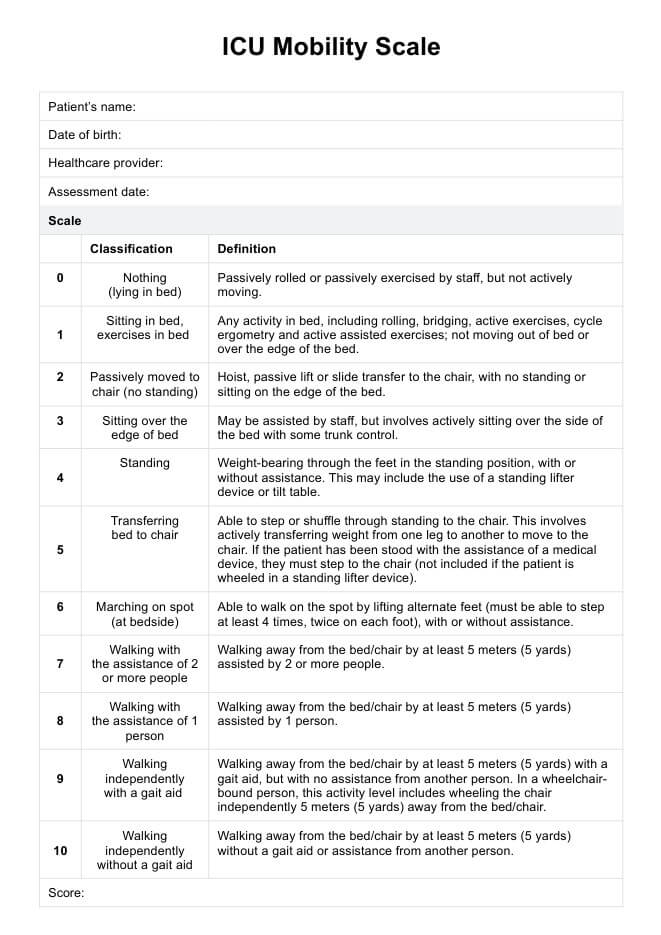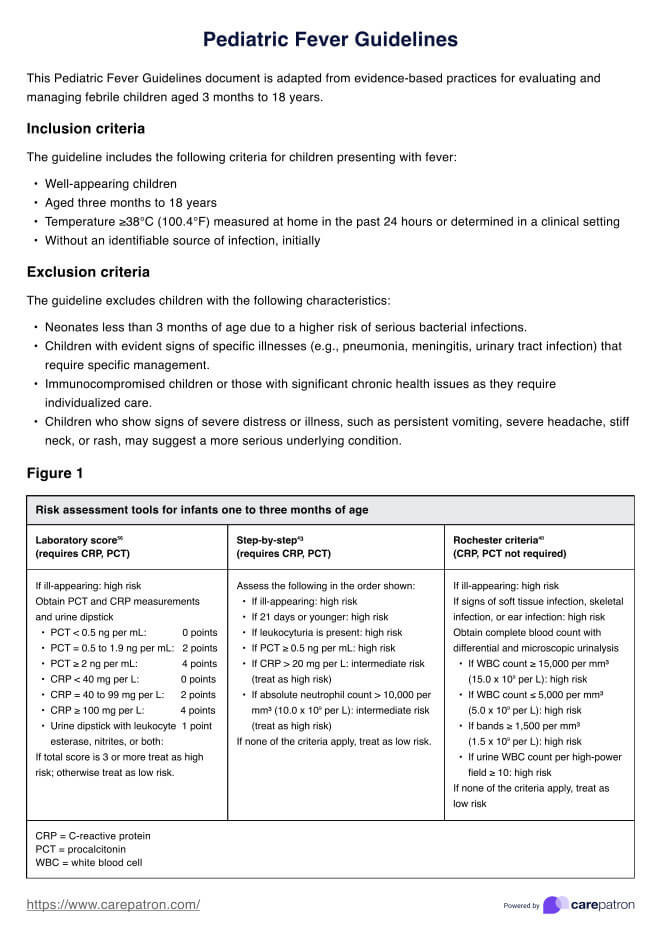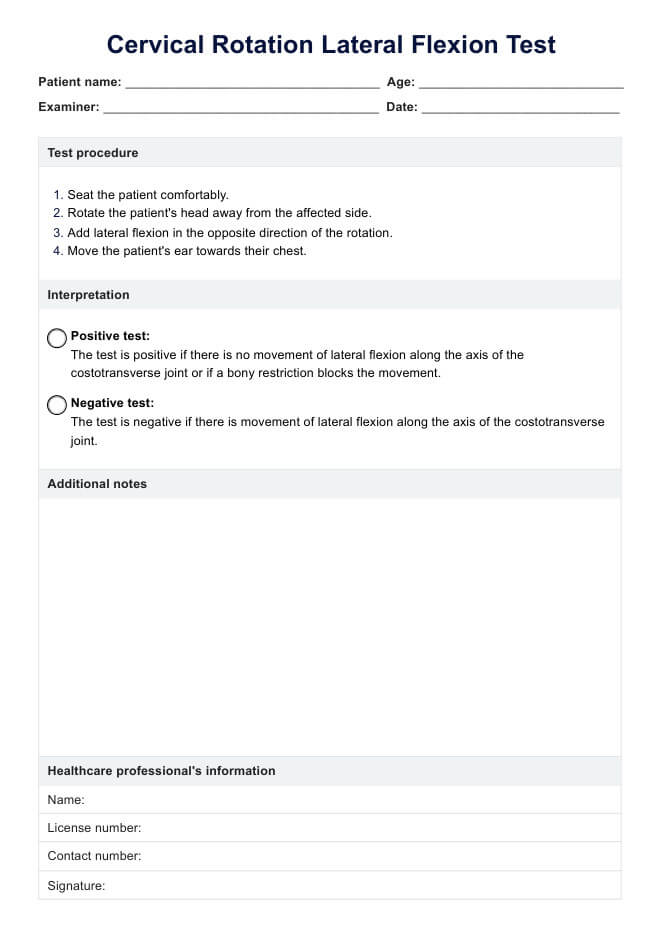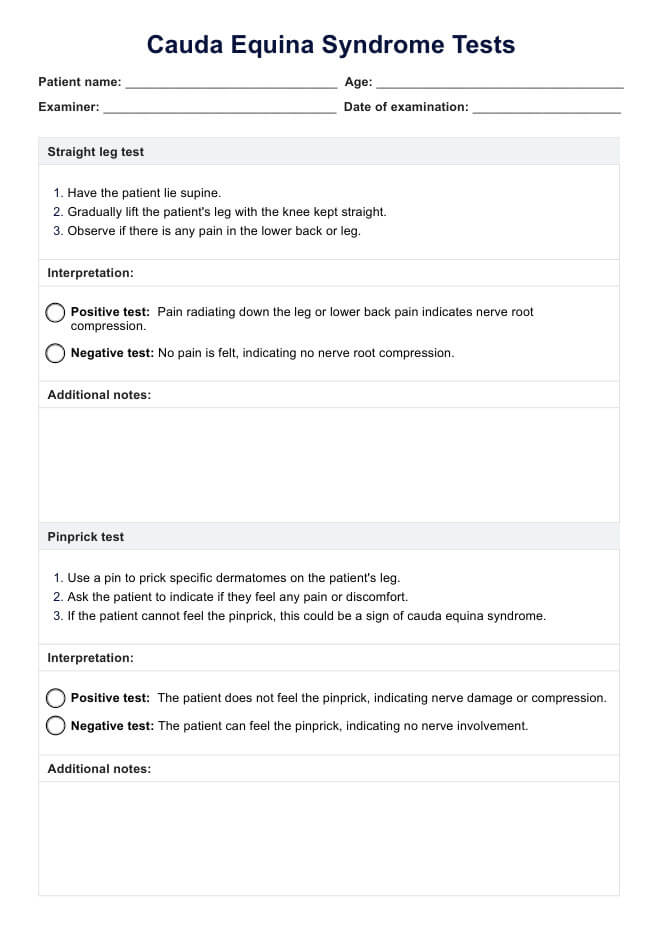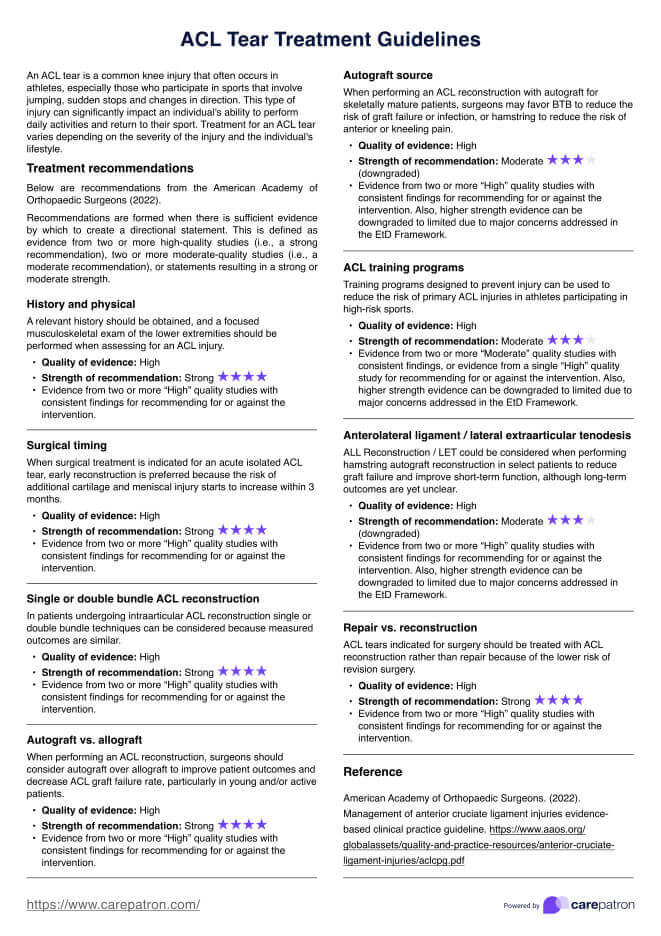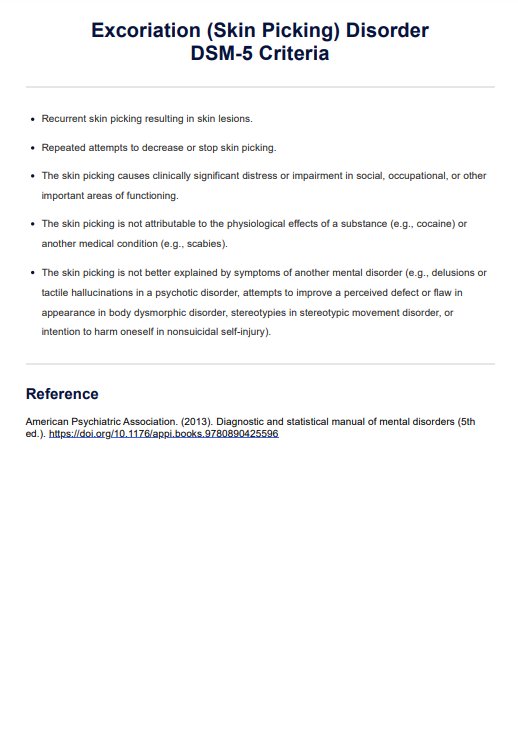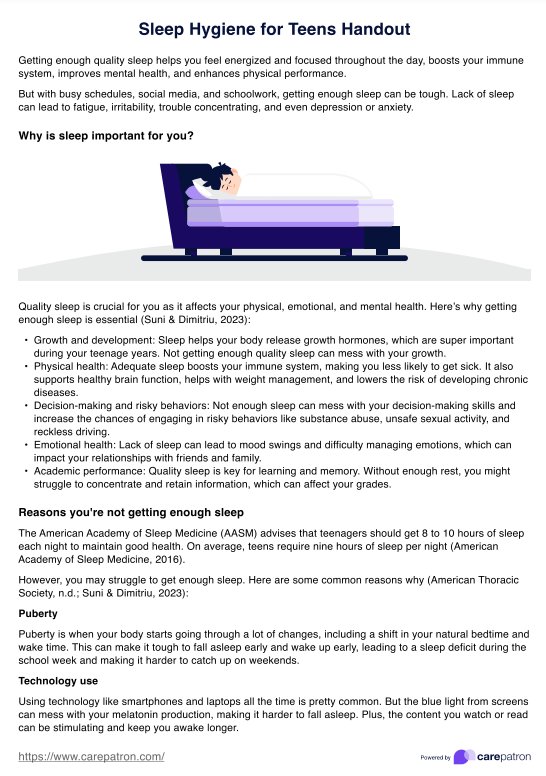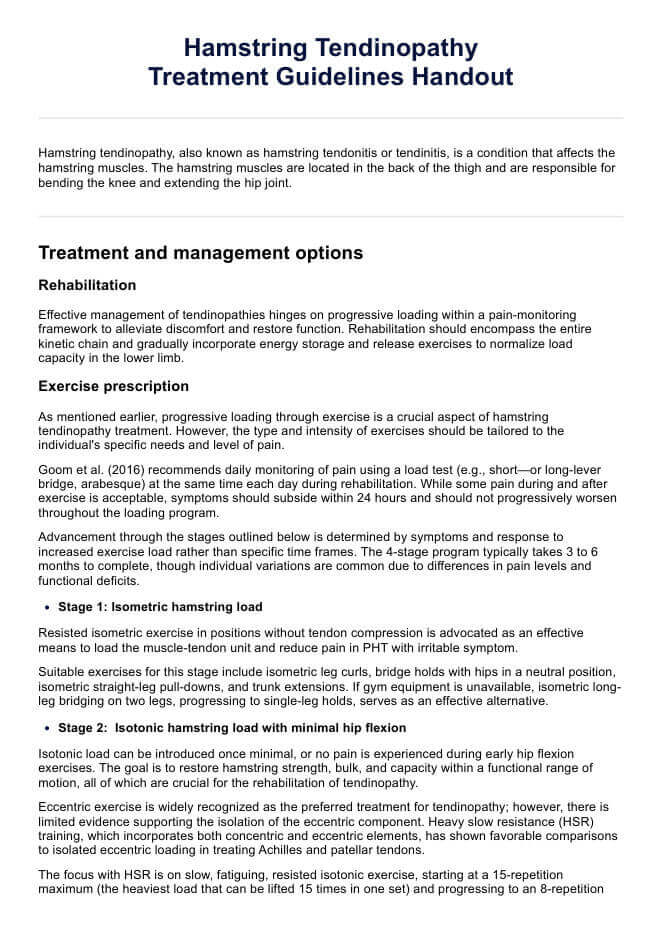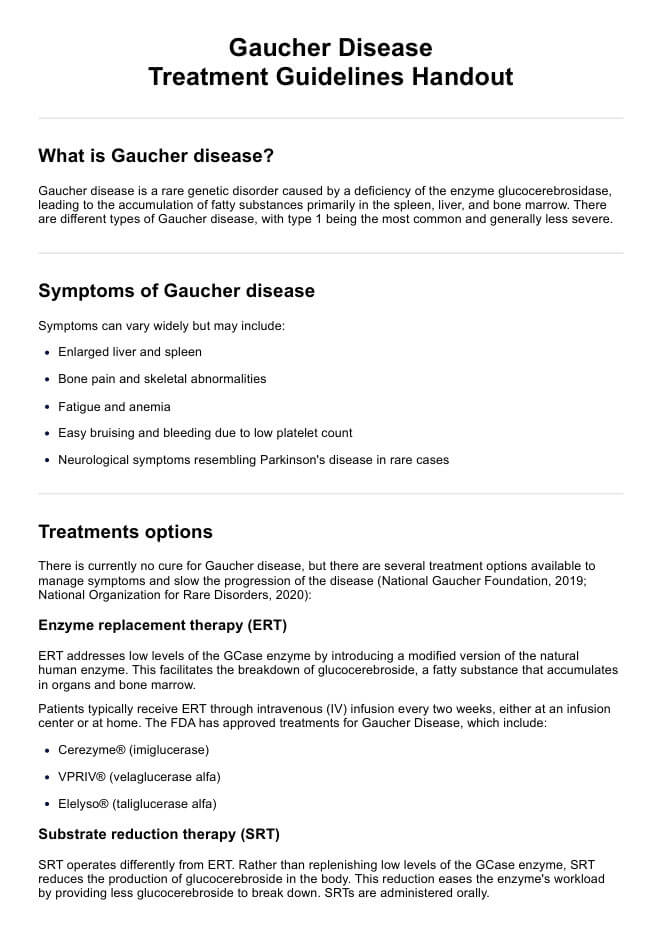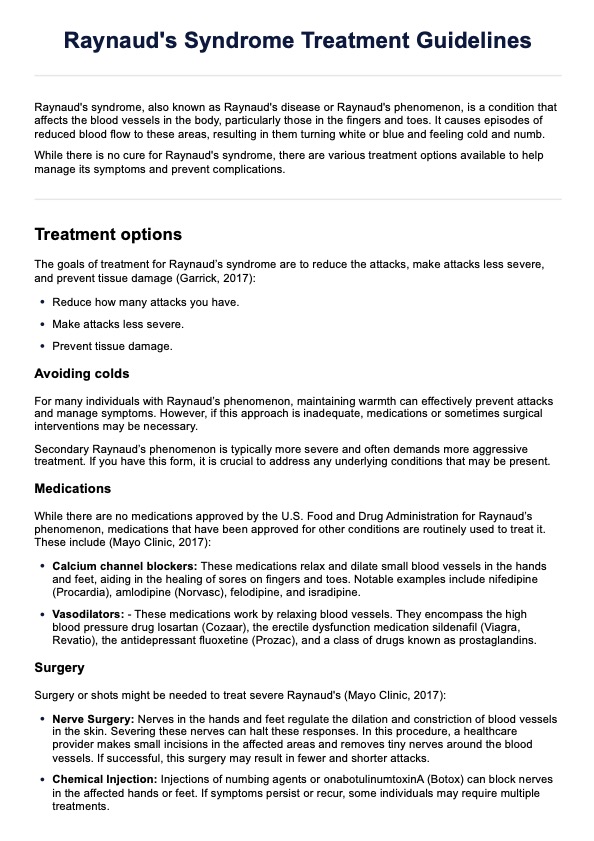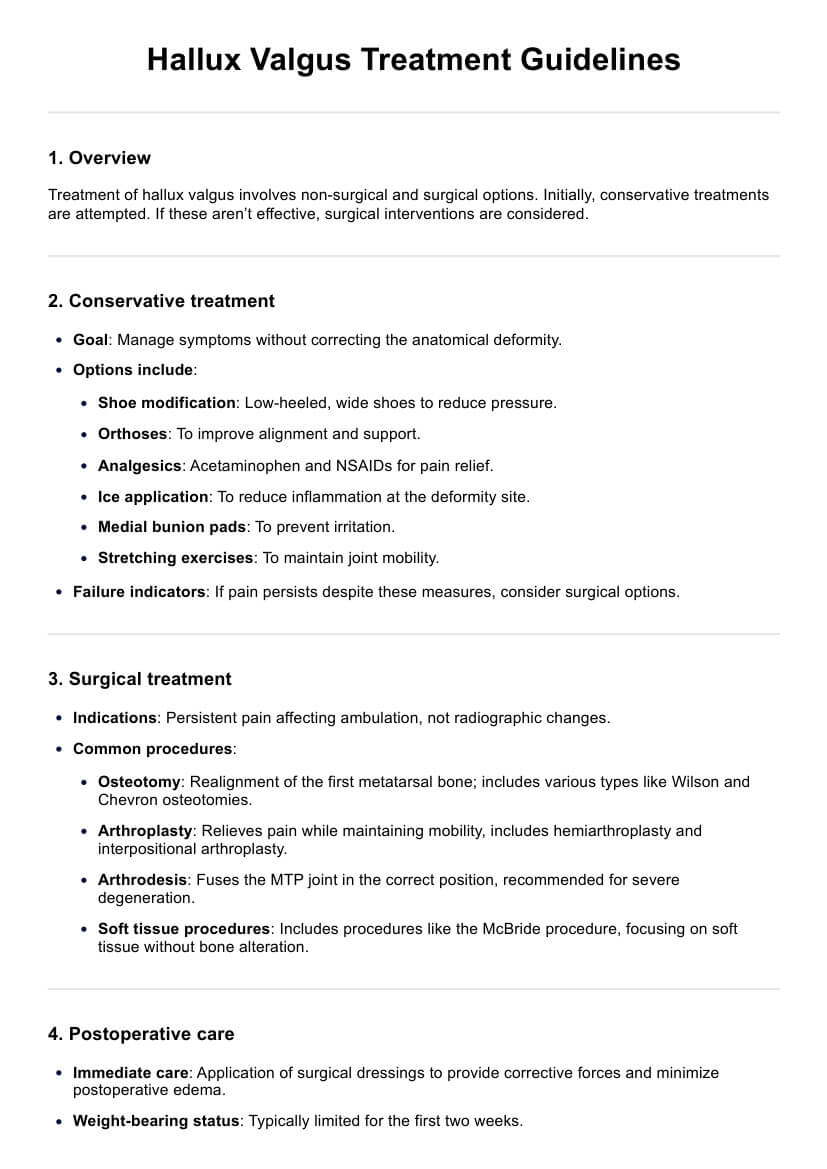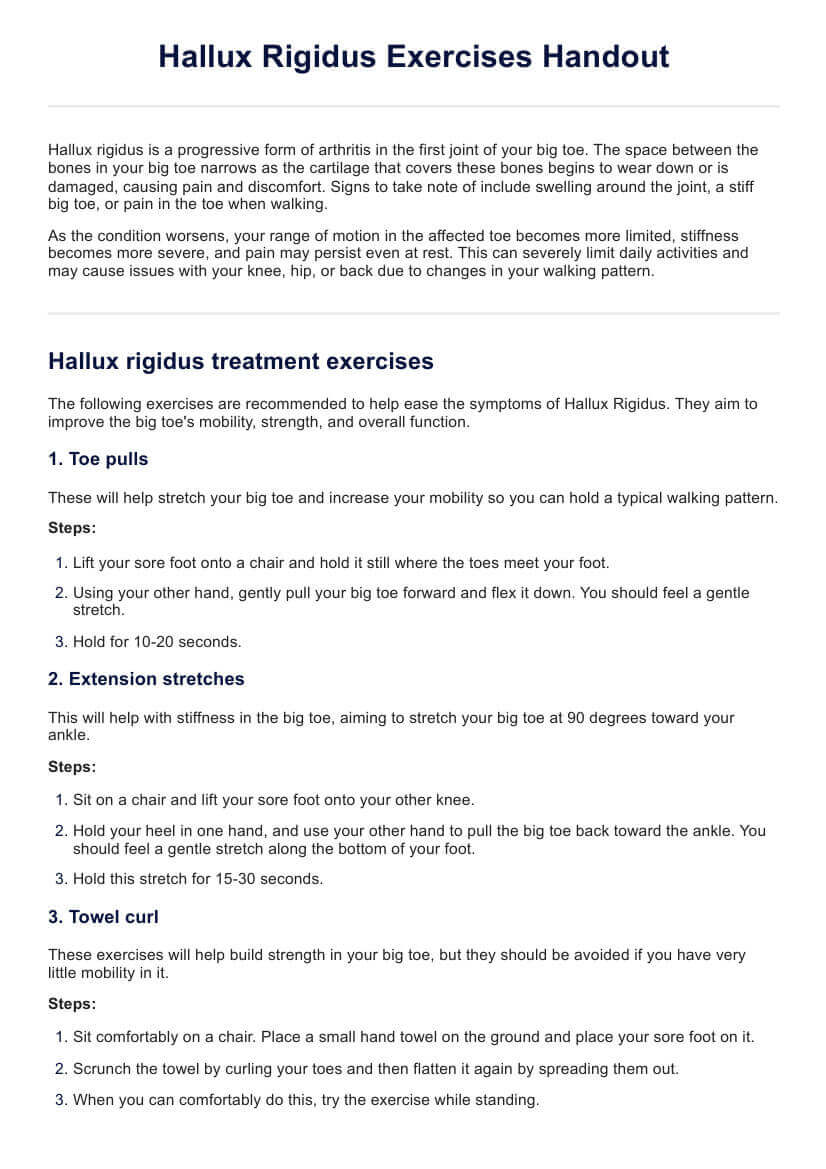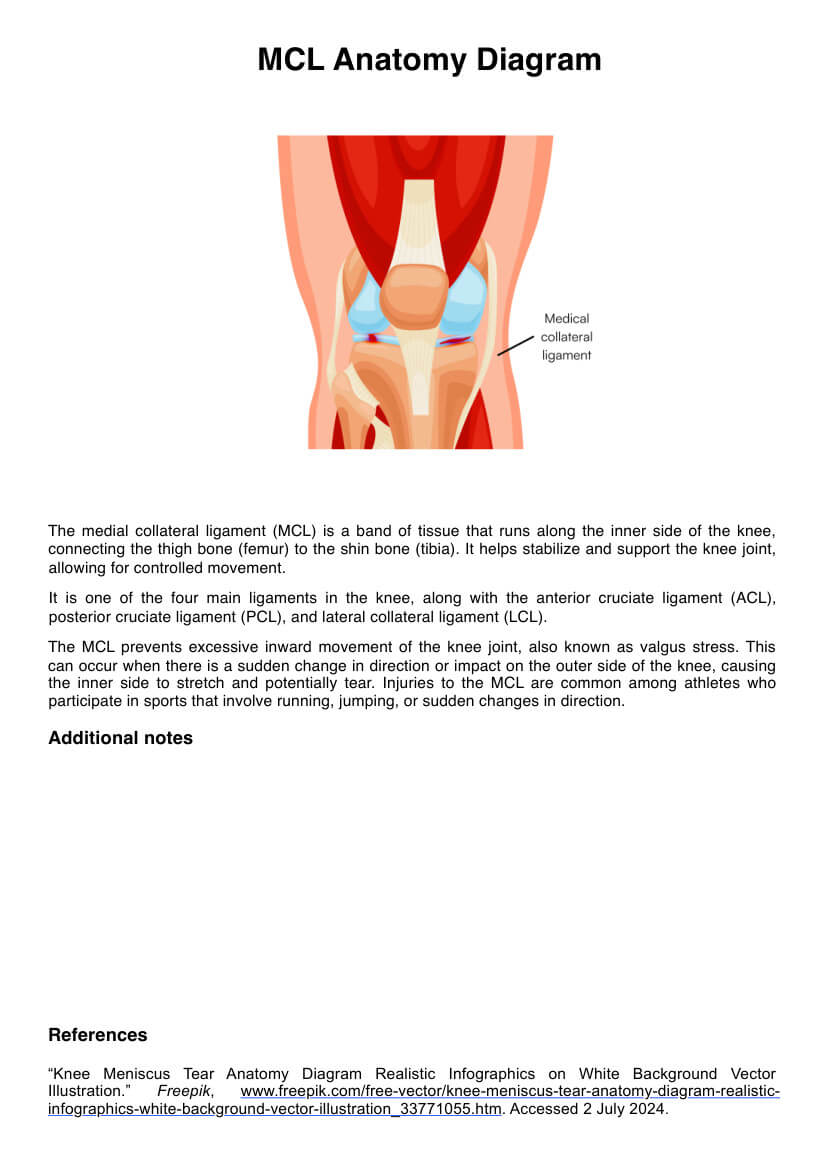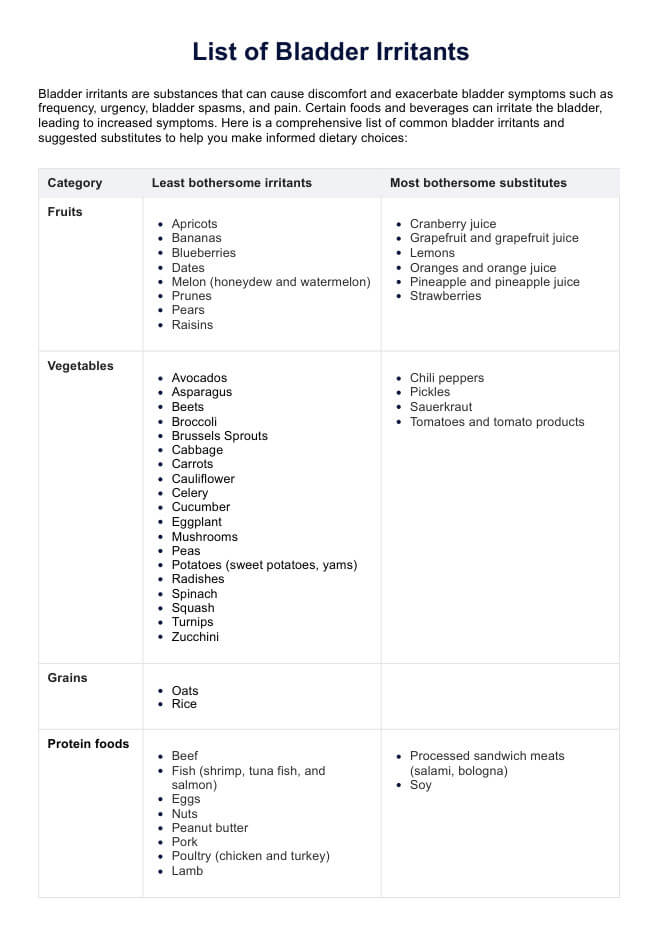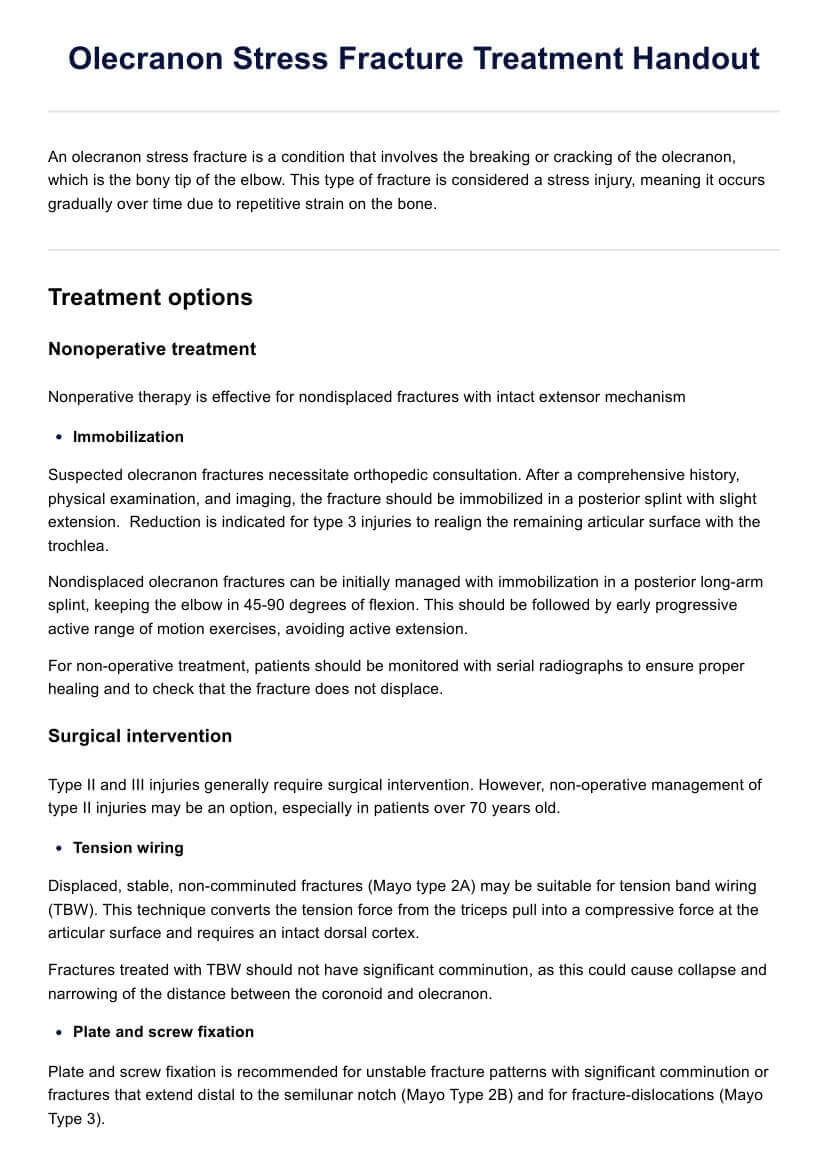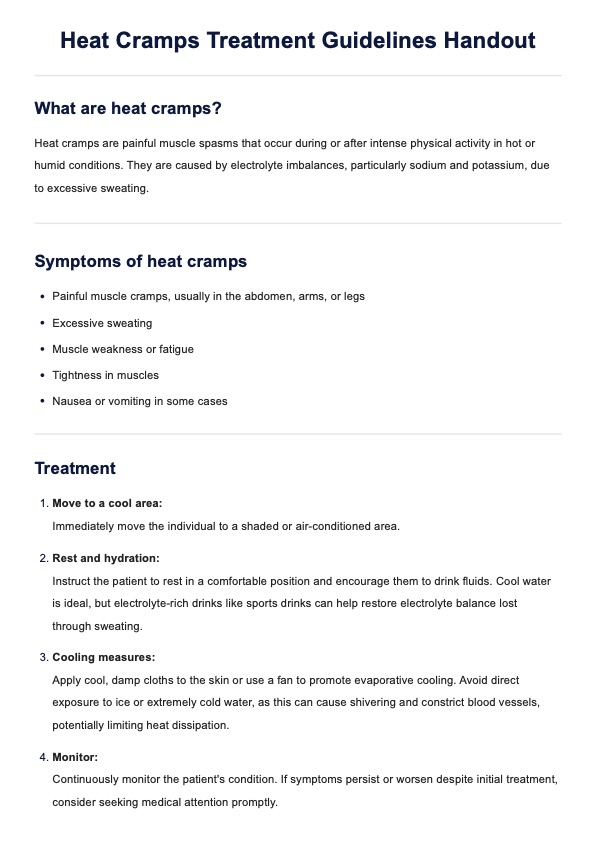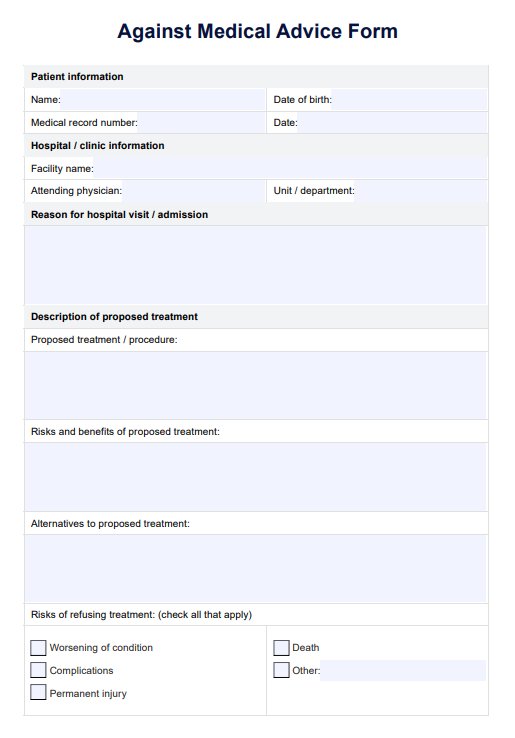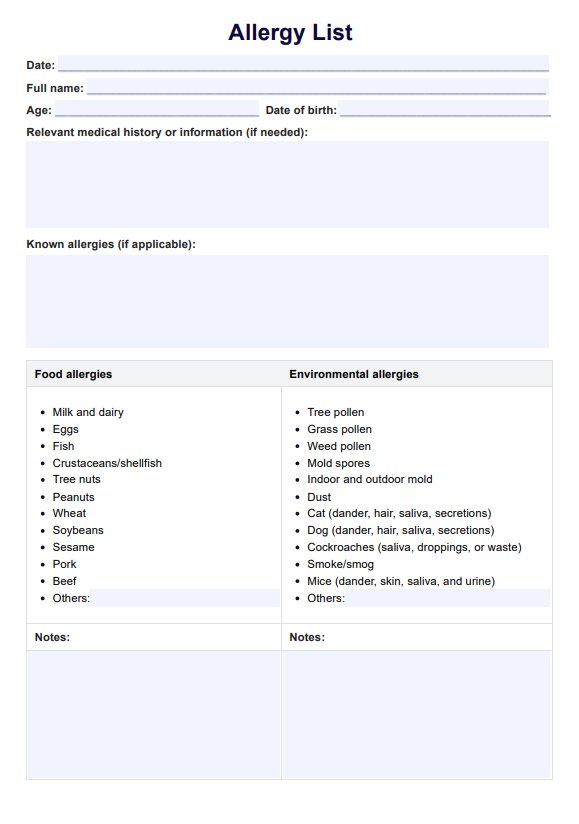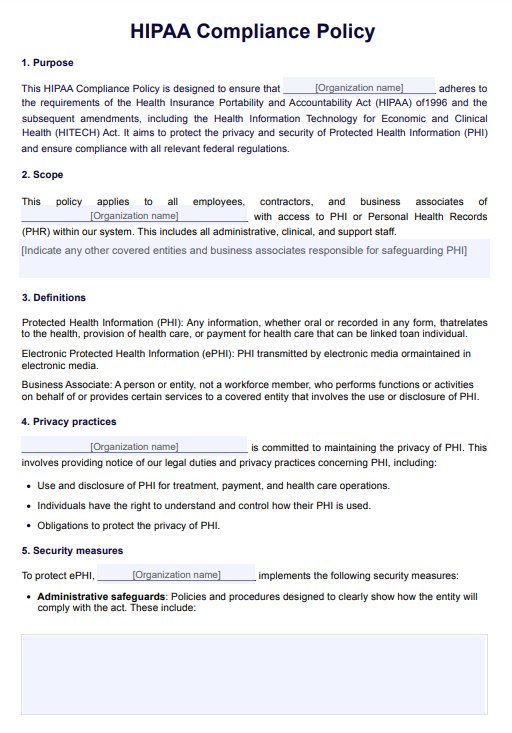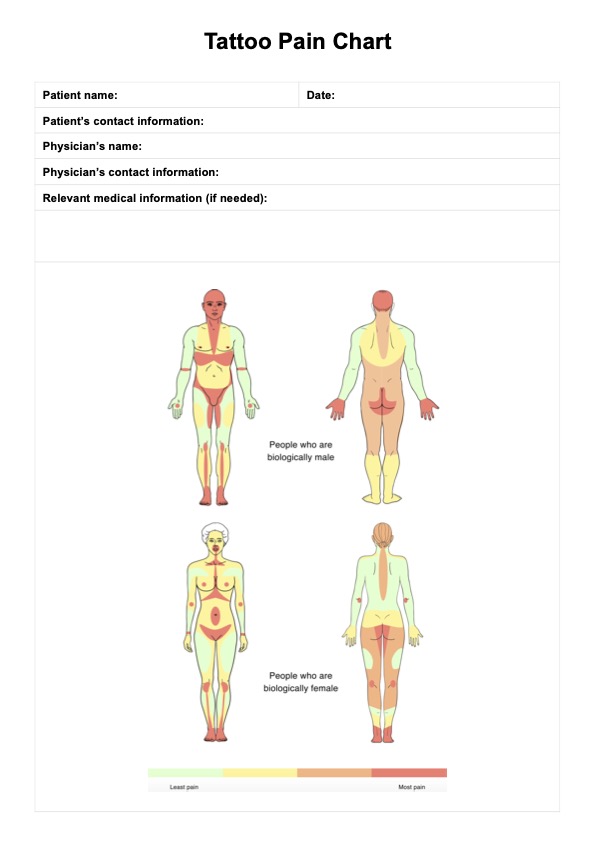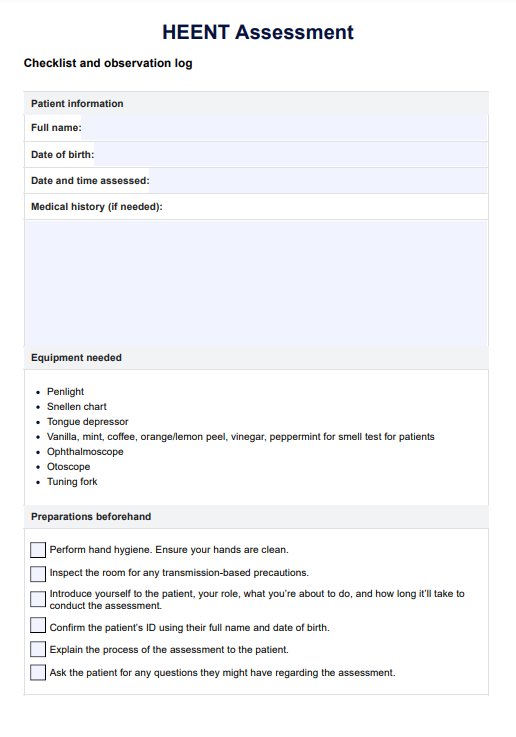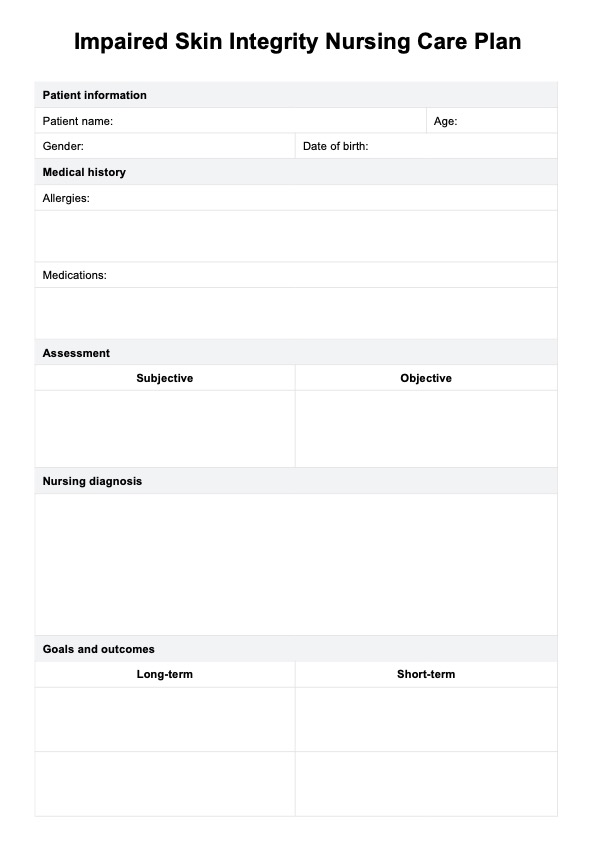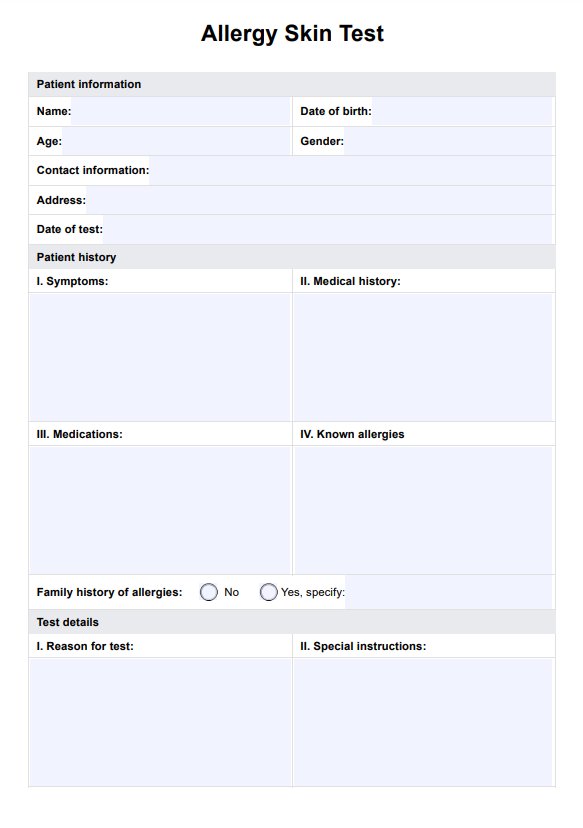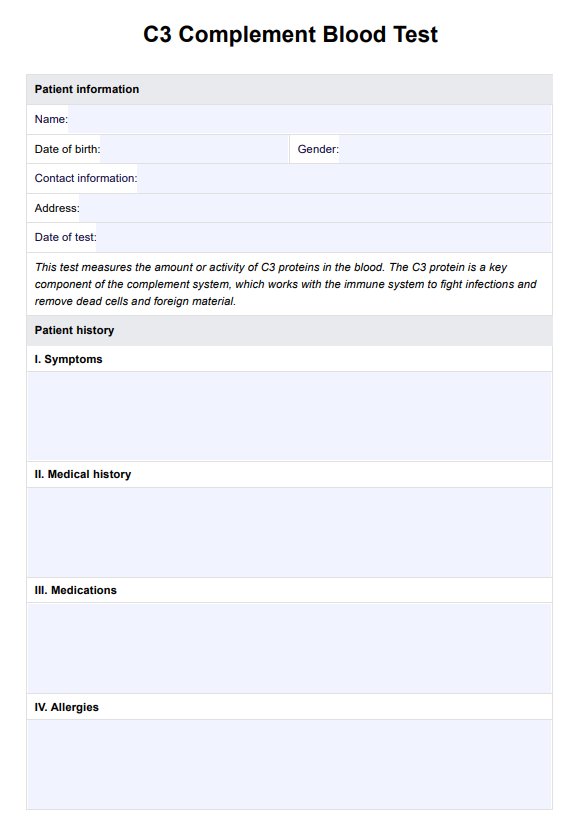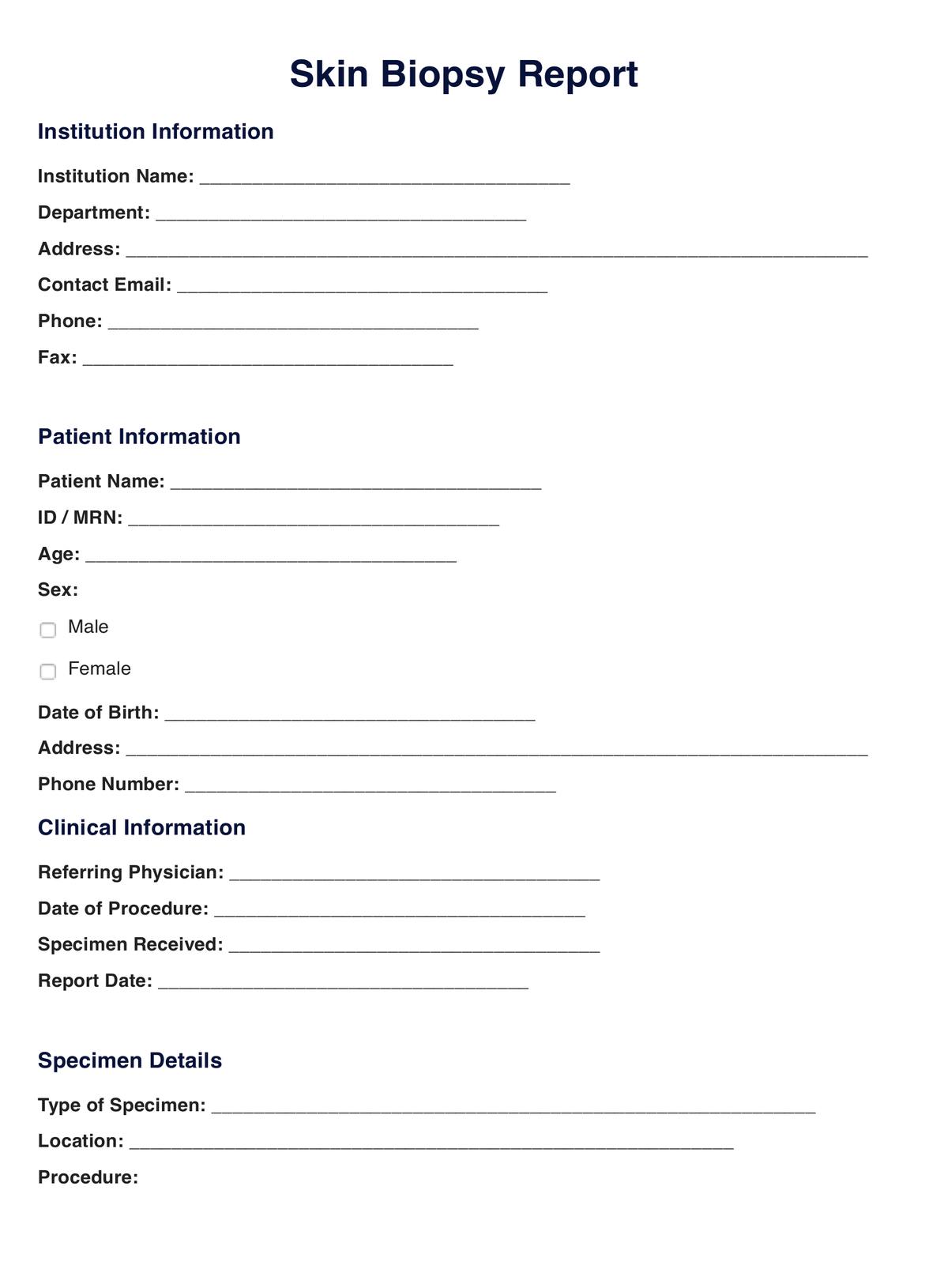Dermatome Map
The Dermatome Map depicts nerve distribution across the body. Use our template to see our diagram of the dermatomes of the head, neck, and the rest of the body.


What is a Dermatome Map?
A Dermatome Map is a clinical guide that shows the dermatome areas. A dermatome is an area of skin supplied by a single spinal nerve, each connected to a dorsal root ganglion. Traumatic injury to a nerve root can lead to symptoms affecting the entire body through its corresponding dermatome. From the spinal cord, 31 pairs of spinal nerves branch out as roots to the skin like a network, also known as peripheral nerves. These areas have two-way functions; they deliver and receive sensational signals to the brain.
The 31 pairs of spinal nerves are spread out in your body based on the region of the spinal nerve roots they are connected to. These human dermatomes are divided into five groups:
- Cervical nerves: These nerves originate from the upper neck and are numbered C1 through C8 in pairs.
- Thoracic nerves: These spinal nerves exit the spine into the torso. They are numbered T1 through T12 in pairs.
- Lumbar nerves: These nerves originate from the spine up to the lower back and are numbered L1 through L5 in pairs.
- Sacral nerves: These are like the lumbar nerves; they are connected with the sacrum, one of the bones found in the pelvis, and numbered S1 through S5 in pairs.
- Coccygeal nerves: This pair of nerves are located at the buttocks or from the coccyx or tailbone area.
In addition, there are also dermatomes on the face, which are primarily innervated by the trigeminal nerve (cranial nerve V), not by the spinal nerves. This nerve has three branches:
- Ophthalmic (CN V1): Innervates the forehead and nose.
- Maxillary (CN V2): Supplies the skin over the cheekbones and upper jaw.
- Mandibular (CN V3): Covers the skin over the lower jaw and areas in front of the ear.
The nerve map follows a different pattern depending on the region where the spinal nerve is located. The locations of the dermatome reveal essential information that would help diagnose the patient's condition.
Dermatome Map Template
Dermatome Map Example
In focus: Lumbar dermatome map
We noticed a handful of Dermatome Map templates, but templates of lumbar dermatome maps are few and far between. That's why we've created a Lumbar Dermatome Map template to help practitioners who want to focus on checking the patient's lower extremities and affected dermatomes or spinal nerves in the lower back region.
Here's a list of the spinal nerves in the lower back region and their corresponding dermatomes to help you out.
- L1: lower back, upper hips, and groin
- L2: lower back, hips, and tops of the inner thigh
- L3: lower back, inner thighs, and inner legs below the knees
- L4: the back of the knees, inner sections of the lower legs, and the heels
- L5: top of the feet and front of the lower legs
How to use this Dermatome Map template?
Our template contains diagrams for the head, neck, and body dermatomes. To use the template effectively, follow these steps:
Step 1: Access the template
First, click "Use Template" to open the diagram in the Carepatron app, where you can customize, fill, print, or share it. Alternatively, click "Download" to save a non-customizable PDF version for use in practice.
Step 2: Use the template as reference
Refer to the Dermatome Map to identify specific spinal nerve areas during patient assessments. This will help you locate areas of impaired sensation or nerve injury. For healthcare professionals, it can guide treatment strategies based on affected dermatomes.
Step 3: Conduct the assessment
If you use the template as a reference for an assessment, examine the patient next by testing sensation in the dermatome areas indicated on the map. Test nerve functionality using tools like pinpricks, light touch, or other sensory stimuli.
Step 4: Discuss with the patient
Explain the findings to the patient, describing which areas correspond to their symptoms. The template serves as a visual aid for educating patients about their condition and treatment options.
Step 5: Record findings and plan treatment
Use the "Additional notes" section to document your observations and plan follow-up treatments based on the affected dermatomes and the patient's symptoms. This can be used alongside the Myotomes Chart template, which shows the distribution of myotomes and gives more insight into muscle movement and testing.
Who can use this printable Dermatome Map PDF?
Our printable dermatomes chart is a good guide for medical professionals. Most of these professionals work closely with physical therapy or neurology.
Here are the lists of the healthcare practitioners that may utilize this guide:
- Clinicians
- Clinical neurologists
- Physical therapists
- Physiotherapists
- Neurologists
Although it is not limited to these practitioners, it is good to know that the examiners or any professional who works closely with any spinal cord injury that may cause neurological conditions may find this nerve map helpful. It also helps medical students understand the Dermatome Map and be able to use this in practical examinations. It helps in the subjects of anatomy, neurology, and also in psychiatry.
Commonly asked questions
Dermatomes reveal the sensory areas of the skin supplied by multiple spinal nerves. They help clinicians diagnose nerve damage, spinal cord injuries, and other neurological conditions by pinpointing which specific spinal nerve may be affected.
Dermatome pain typically manifests as a sharp, tingling, or burning sensation in a specific skin region. This discomfort can be traced back to an issue with the corresponding spinal nerve, making it easier to diagnose nerve-related issues.
An effective way to remember dermatomes is by using mnemonics or visualizing the body's layout, starting from the head and moving down to the feet. Associating specific dermatomes with easily identifiable body landmarks also aids memory.
Shingles, also known as herpes zoster, are commonly associated with dermatomes and are caused by the varicella-zoster virus. They cause painful rash and blisters along the path of a specific dermatome, corresponding to the spinal nerve affected by the virus.


